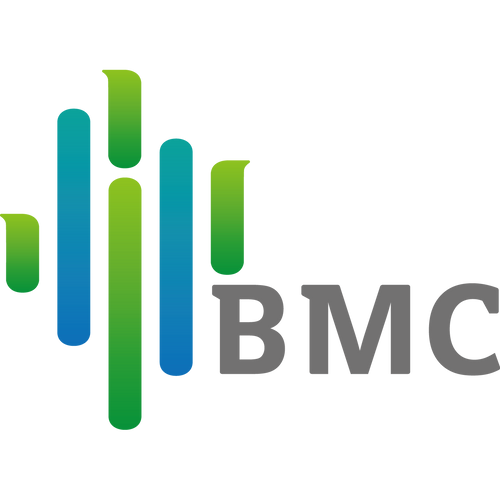3 Types of PAP Therapy
- CPAP: Continuous positive airway pressure
- APAP: Automatic positive airway pressure
- Bilevel, or variable positive airway pressure
CPAP: Continuous positive airway pressure
CPAP machine only provides an air pressure setting during inhalation and has no pressure setting during exhalation. The airway pressure won't change with the breath of patients. This continuous positive airway pressure can avoid blocked airways and effectively prevent sleep apnea and snoring due to airway collapse. It helps stop snoring.
CPAP machine has an algorithm, a pressure setting, and a flow sensor. Once it detects the tendency of airway collapse, the machine will slowly increase the pressure, which can ensure that your airway will not collapse. Over the night, the CPAP machine constantly adjusts the air pressure to keep you breathing normally.
APAP: Automatic positive airway pressure
APAP is a non-invasive treatment for obstructive sleep apnea. It delivers pressurized air through a mask at an appropriate range of high and low pressures. The APAP machine can automatically adjust the pressure according to the user's airway change.
Adopting advanced technology, the APAP machine can detect the pressurized air through a pressure sensor, and calculate the air pressure required to maintain the airway open. This allows patients with sleep apnea to obtain maximum comfort and better sleep through breathing regulation.
Things can be different for users and doctors. While many people may think the benefit of an APAP is "no pressure adjustment", the professional doctors summary as the following 2 points:
- The overall pressure level of an APAP is lower than that of a CPAP for sleep apnea.
- Thanks to the sensors and algorithms, the APAP makes titration study at home and remote service possible.
Both APAP machines and CPAP machines require a titration study before using.
CPAP titration study should be done in a hospital
Before using a CPAP machine, a CPAP titration study is essential to properly set the positive airway pressure for patients.
The initial overnight sleep study is often still not enough to accurately set the pressure.
APAP titration study can be done at home
Despite the pressure sensors and algorithms, the automatic regulation of pressure often lags behind the occurrence of respiratory activity. We all know that apnea of more than 10 seconds can be harmful, which may reduce wakefulness and oxygen during sleep. If an APAP machine cannot accurately titrate the pressure, it may not effectively help solve a respiratory activity. And ultimately it can lead to a high residual AHI. A CPAP titration study can help patients find an accurate continuous pressure setting, while an APAP titration study help patients find their personalized pressure setting that offers both comfort and effectiveness.
The APAP titration study can be finished at home. This helps your doctor or sleep specialist continuously monitor your machine use and therapy data for a long period. They can provide timely intervention and guidance for your machine use, which can make PAP therapy more successful.
APAP machine is the combination of both CPAP and APAP therapy
If the APAP mode is not effective, most APAP machines can be transformed to CPAP mode. But CPAP mode cannot put a balance between effect and comfort if you're not tolerant of it.
Bilevel, or variable positive airway pressure
Both CPAP and APAP machines belong to single pressure machines, which can only regulate inspiratory airway pressure (i.e. positive airway pressure). Before the invention of BiPAP machines, all single pressure machines can be called CPAP.
Bilevel pressure has the concept of expiratory pressure and pressure support. The expiratory pressure cannot be thought of as negative pressure. It is also a positive pressure that can be called EPAP. The BPAP machine has exhalation pressure, but there is always a fixed or variable pressure support between the exhalation pressure and inspiratory pressure, and you may feel the exhalation pressure is very low. The data of the exhalation pressure can be seen in the card reader.
The Bilevel machine sets and adjusts IPAP (inspiratory positive airway pressure) and EPAP (expiratory positive airway pressure) separately. Press Support is the basis for adequate tidal volume, and the machine helps enhance inspiratory pressure support and alveolar ventilation by increasing the pressure differential and then reduce CO2 levels. At the same time, it can also decrease the load on respiratory muscles. EPAP can keep the upper airway open to avoid Obstructive Sleep Apnea, increase functional residual capacity and prevent the collapse of the lungs.


